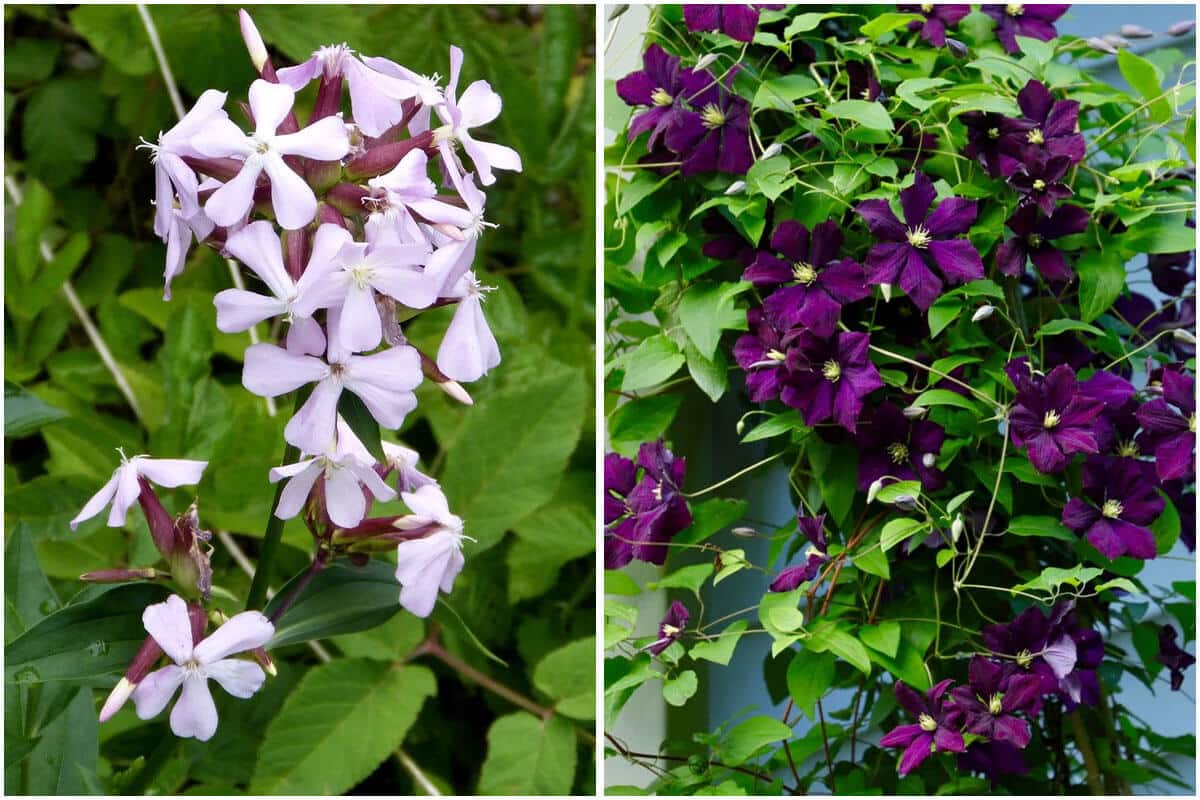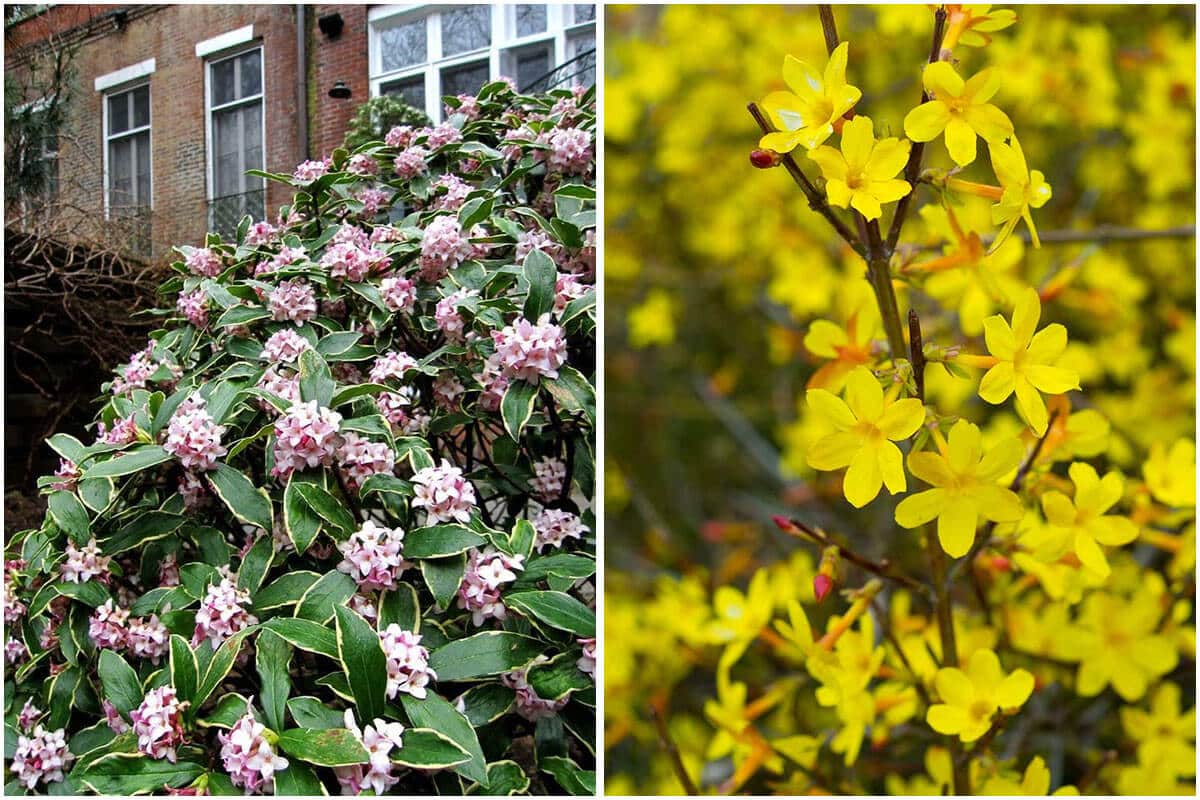Summer is coming. Why don’t we grow plants that thrive and produce during this season? Lemon tree is my choice. It’s quite easy to carry out this DIY project with seeds bought at seed markets or exchanges. If you’re worried about your gardening skills, you may start with seedlings bought at nursery. The later will fit beginning gardeners. As I have done the gardening for 2 years, I love challenging with these citrus seeds.
In this post, we’ll 7 steps to grow a lemon tree from seeds. Pots, soil, light, moisture, and maintenance are what you need to consider. If you prefer homegrown fruits, vegetables, and herbs, you should never miss these. It’s such a rewarding journey. Enjoy what you’ve grown and harvested. Nothing is better than that. They’re great for family meals and give to friends as a gift. Let’s get started!
#1 Choose lemon seeds from organic lemons
You can store lemon seeds from lemons that you eat. Organic lemons will work in this case. If you have a small space or live in a cool climate, you can use Meyer lemons as they’re suitable for growing in an indoor container.
Cut your lemon in half, and choose the largest, best-looking seed you can find. Keep it in your mouth until you’re ready to plant it. This helps prevent your seed from drying.
#2 Potting soil
Citrus appreciates potting soil that contains a blend of peat, perlite, vermiculite and organic fertilizer. Make sure that the soil is light enough to drain water well.
#3 Choose a container
A small container made of wood, plastic or terra cotta will work here as it will be easier to maintain the right soil moisture. If the soil stays too wet in a big container, a young tree, with its small root system, is likely to rot and dry.
We will suggest you an 8-inch diameter container when starting out. Once your tree is two or three years old, you can transfer it to a 10- to 12-inch container. As it continues to grow, you may need to upgrade one more time.
#4 Plant your lemon tree
Place some soil into a bucket and add water until your soil is completely damp. Pour pre-moistened soil into your container. Allow about an inch of space below the rim of the container.
While the seed is still moist, plant it about a half-inch below the soil level and then completely cover it with soil. Spray the soil using a spray bottle, or gently water it using a watering can.
Cover your container with breathable plastic to keep the seed warm and moist. Place it in a warm area and keep an eye on it for a few days. Make sure that you keep your pot staying warm and moist so that it can germinate. After two weeks, a little sprout will emerge from the soil.
#5 Place your pot in a full-sun place
Once your lemon sprout arrives, you should place it in a warm location that gets lots of direct sunlight. It requires 10 to 14 hours of light every day when sprouting.
When growing indoors, it should be somewhere that it will get at least eight (and preferably 10) hours of direct sunshine every day. A light-loving plant!
#6 Care For Your Growing Tree
Your growing tree needs nutrients in order to stay healthy. Feeding it an organic fertilizer like vermicompost or compost once it’s developed a set of leaves is a great way to do that.
Once or twice a year works well. Dig a small trench around its base and then fill it with the compost and watering it well. Make sure that that the soil is moist at all times, especially when the tree is young.
You should never let your tree sit in a puddle of stagnant water. This comes to the reason why you buy a container with drainage holes.
Place it in a place that it can get plenty of sunlight.
#7 Water your tree once or twice a week
Keeping the soil evenly moist is very important when you grow lemon tree. The ideal frequency is once or twice a week, but you may need to adjust that depending on the time of year and weather.











